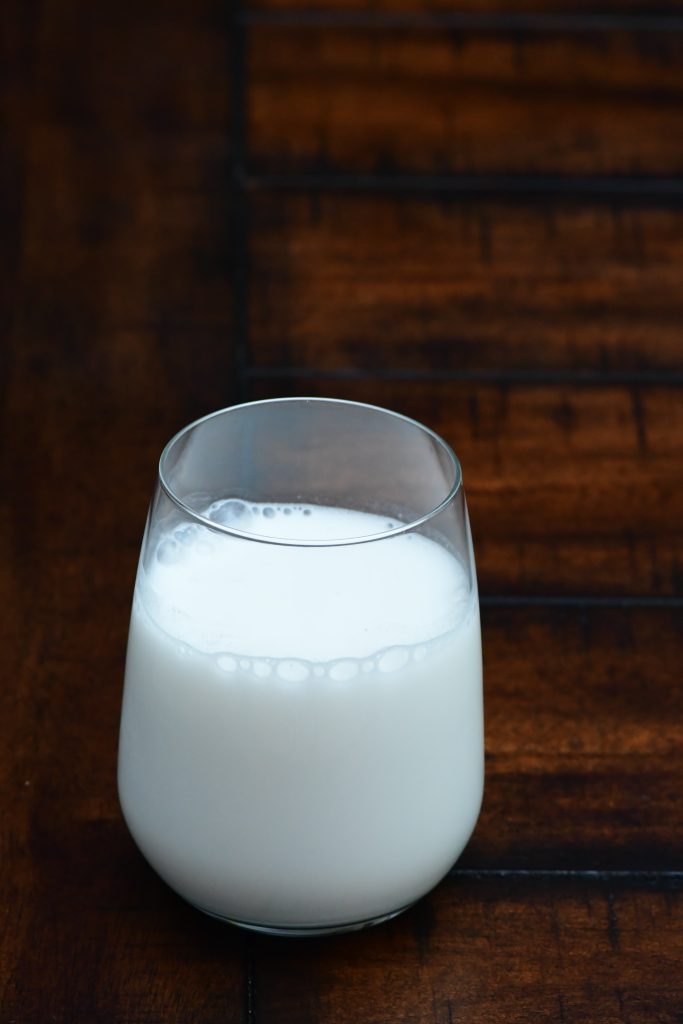 Milk margins reported through the USDA’s Dairy Margin Coverage Program hit a record low in August 2021, falling 43 cents from July and 12 cents below the previous record set in May 2020 in the height of COVID. Although milk prices are about $4.10 higher than they were last May, significantly higher feed costs are weighing heavily on margins right now. Corn prices have nearly doubled from last year’s levels, while both alfalfa hay and soybean meal prices are up more than $50 per ton.
Milk margins reported through the USDA’s Dairy Margin Coverage Program hit a record low in August 2021, falling 43 cents from July and 12 cents below the previous record set in May 2020 in the height of COVID. Although milk prices are about $4.10 higher than they were last May, significantly higher feed costs are weighing heavily on margins right now. Corn prices have nearly doubled from last year’s levels, while both alfalfa hay and soybean meal prices are up more than $50 per ton.
While this doesn’t make it very easy for farm families trying to navigate profitability in their dairy business, it does demonstrate the importance of having a risk management plan in place. A year ago, in the height of the 2020 harvest, both average yields and total harvest estimates for grain seemed strong. Both domestic demand and exports were stable, and nobody expected feed prices to increase as much as they had in the past year.
Fast forward to 2021, concerns about drought in parts of the US coupled with increasing domestic and export demand are pushing down ending stock estimates for both corn and beans, with corn estimates down 10 million metric tons from last year’s harvest. This concern about where ending stocks will be after the fall harvest is weighing heavily on prices right now. On the flip side, stabilization in dairy demand coupled with slower growth in milk production are strengthening milk prices. Total milk production in the US was up only 1.1 percent in August, representing the lowest year-over-year increase this year, while cow numbers are down 19,000 head from a month ago.
Nobody knows for sure where these trends will go. Will the actual harvest align with industry expectations or will crop yields exceed industry estimates? Will they fall below industry estimates, further condensing milk margins? Will milk prices continue to increase as milk production slows, or will something happen on the demand or supply side to change that trend?
Abraham Lincoln once said, “The only way to predict the future is to create it.”
Create Your Future
The truth is, even the best dairy economist cannot look into a crystal ball and predict what the future holds. The past year is a good example of that. Nobody could have told you even just 12 months earlier than we would face a 100-year pandemic in 2020 that would cripple our nation’s health system and our world economy. The only way for certain you can predict what the future holds for your business is to protect yourself against the risks that could compromise your future.
In Pennsylvania, 1,688 dairy producers enrolled in USDA’s Dairy Margin Coverage Program in 2021, with those farms representing about half the total amount of milk produced in the state. Those dairy farmers enrolled in the program to protect their operations against the catastrophic risks associated with falling margins. For the herds that were under the 5 million pounds threshold for Tier 1, this resulted in a payment from the program of roughly $3,300 per every million pounds of milk they produced in August, based on their milk production history. After they paid the premium associated with the DMC Program, they would have received about $19,800 in indemnity payments so far this year for every 1 million pounds produced. That equates to a net benefit of $1.83 per hundredweight so far in 2021.

The DMC Program has only been available since January 1, 2019. So far, each year has provided a net benefit to those enrolled in the program including this year with five more months of margins to be announced. However, if the current DMC rules were applied to historical feed and milk prices back to 2000, only two years would not have provided a net benefit.
There will be some years when enrolling in the DMC Program will not result in any payments. Those are the years when the price of milk and price of feed contribute to margins that are above the catastrophic levels associated with the DMC Program. In those years, DMC becomes just a cost of doing business, like fire insurance or any other risk-related expense.
Options Available
In addition to enrolling in the DMC Program, some farmers are leveraging contracting programs available through their cooperatives or hedging their feed costs and milk prices through a brokerage firm. Other farms are growing all their own feed or locking in any purchased feed at their local mill to protect themselves against rising commodity prices. Finally, a handful of producers in the state have leveraged the USDA’s Dairy Revenue Protection Program to manage their milk price risks.
The Dairy Revenue Protection Program offers market-based price coverage for the next five quarters, which currently includes the first quarter of 2022 through the first quarter of 2023. The program allows you to put a floor under your milk price. The benefit to the Dairy RP Program is that you are paying a premium to protect your business from the downside risk in milk pricing, but you’re not locking yourself out of any upside potential in the marketplace.
Whatever tool you use to manage your risks, the most important step is to make sure you have a plan. Consult with your family, business partners, lenders, and other trusted advisors to identify a plan that works best for your operation and then stick with that plan. Like I said earlier, even the very best economist cannot predict with certainty what milk prices or feed costs will do in the future. It’s up to each individual business to make sure they are protected from whatever happens.
If you would like to learn more about how to protect your price risks on the dairy, Zach Myers is the risk education program manager at the Center and is willing to help you better understand your options and develop a plan. To contact him, call the Center at 717-346-0849 or email him at zmyers@centerfordairyexcellence.org.
Enrollment for the USDA’s Dairy Margin Coverage 2022 Program Year will open soon. Those interested in enrolling will have to visit their local FSA Office, pick their coverage level, and pay the $100 administration fee. The premium is typically not due until September of the coming year. More information should be coming out soon from USDA.
Editor’s Note: This column is written by Jayne Sebright, executive director for the Center for Dairy Excellence, and published monthly in the Lancaster Farming Dairy Reporter.

